Alexander Fuchs
Self-attention for Enhanced OAMP Detection in MIMO Systems
Mar 14, 2023Abstract:Multiple-Input Multiple-Output (MIMO) systems are essential for wireless communications. Sinceclassical algorithms for symbol detection in MIMO setups require large computational resourcesor provide poor results, data-driven algorithms are becoming more popular. Most of the proposedalgorithms, however, introduce approximations leading to degraded performance for realistic MIMOsystems. In this paper, we introduce a neural-enhanced hybrid model, augmenting the analyticbackbone algorithm with state-of-the-art neural network components. In particular, we introduce aself-attention model for the enhancement of the iterative Orthogonal Approximate Message Passing(OAMP)-based decoding algorithm. In our experiments, we show that the proposed model canoutperform existing data-driven approaches for OAMP while having improved generalization to otherSNR values at limited computational overhead.
Distribution Mismatch Correction for Improved Robustness in Deep Neural Networks
Oct 05, 2021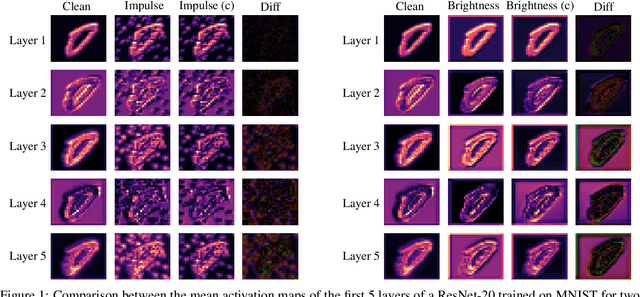
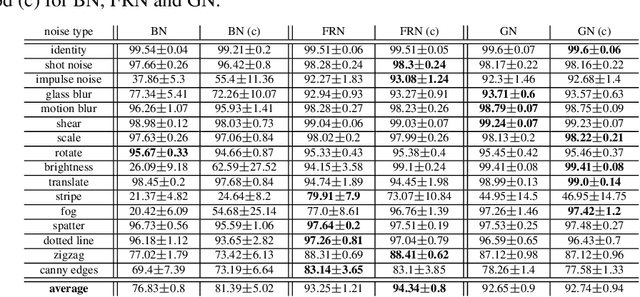
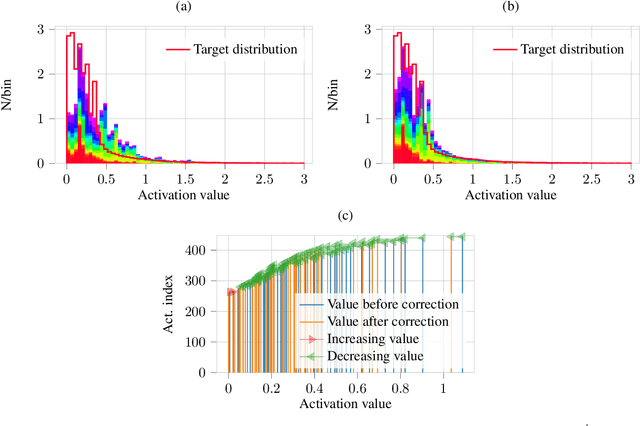
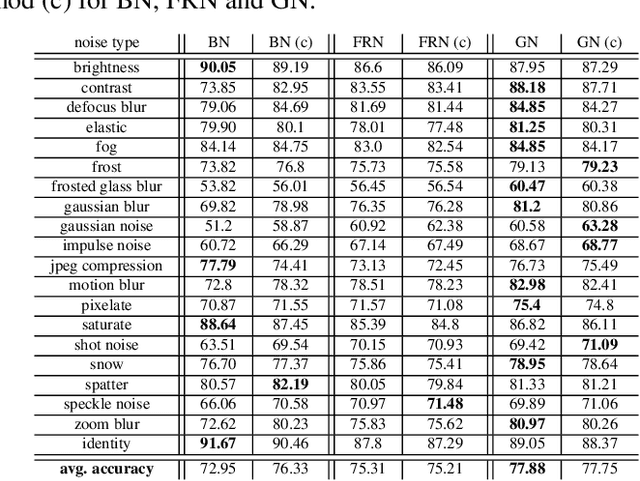
Abstract:Deep neural networks rely heavily on normalization methods to improve their performance and learning behavior. Although normalization methods spurred the development of increasingly deep and efficient architectures, they also increase the vulnerability with respect to noise and input corruptions. In most applications, however, noise is ubiquitous and diverse; this can often lead to complete failure of machine learning systems as they fail to cope with mismatches between the input distribution during training- and test-time. The most common normalization method, batch normalization, reduces the distribution shift during training but is agnostic to changes in the input distribution during test time. This makes batch normalization prone to performance degradation whenever noise is present during test-time. Sample-based normalization methods can correct linear transformations of the activation distribution but cannot mitigate changes in the distribution shape; this makes the network vulnerable to distribution changes that cannot be reflected in the normalization parameters. We propose an unsupervised non-parametric distribution correction method that adapts the activation distribution of each layer. This reduces the mismatch between the training and test-time distribution by minimizing the 1-D Wasserstein distance. In our experiments, we empirically show that the proposed method effectively reduces the impact of intense image corruptions and thus improves the classification performance without the need for retraining or fine-tuning the model.
Complex-valued Convolutional Neural Networks for Enhanced Radar Signal Denoising and Interference Mitigation
Apr 29, 2021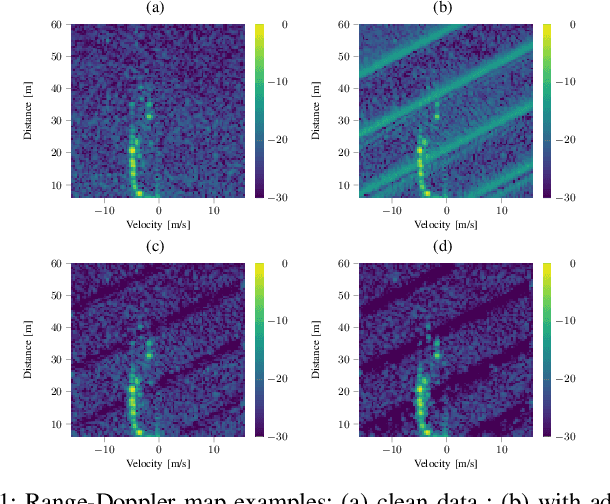
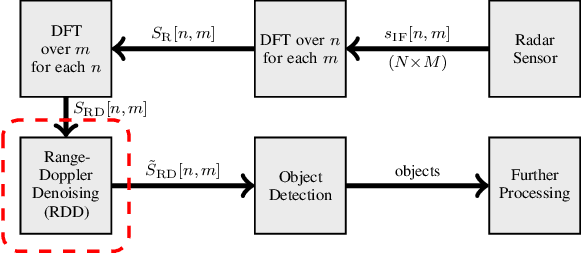
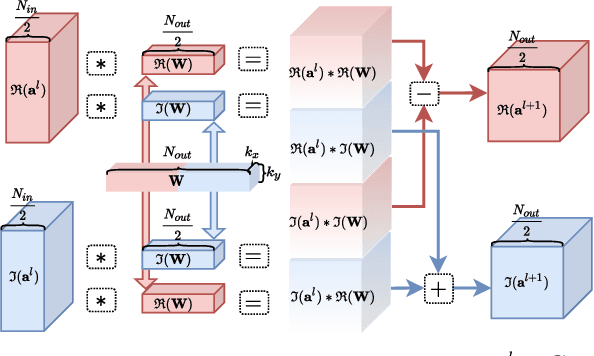
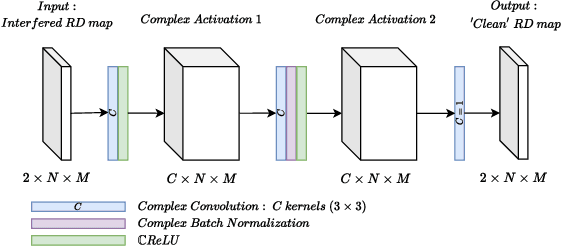
Abstract:Autonomous driving highly depends on capable sensors to perceive the environment and to deliver reliable information to the vehicles' control systems. To increase its robustness, a diversified set of sensors is used, including radar sensors. Radar is a vital contribution of sensory information, providing high resolution range as well as velocity measurements. The increased use of radar sensors in road traffic introduces new challenges. As the so far unregulated frequency band becomes increasingly crowded, radar sensors suffer from mutual interference between multiple radar sensors. This interference must be mitigated in order to ensure a high and consistent detection sensitivity. In this paper, we propose the use of Complex-Valued Convolutional Neural Networks (CVCNNs) to address the issue of mutual interference between radar sensors. We extend previously developed methods to the complex domain in order to process radar data according to its physical characteristics. This not only increases data efficiency, but also improves the conservation of phase information during filtering, which is crucial for further processing, such as angle estimation. Our experiments show, that the use of CVCNNs increases data efficiency, speeds up network training and substantially improves the conservation of phase information during interference removal.
Wasserstein Routed Capsule Networks
Jul 22, 2020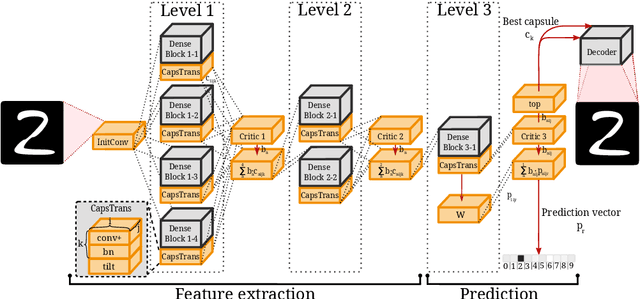
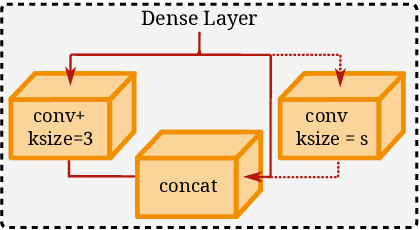
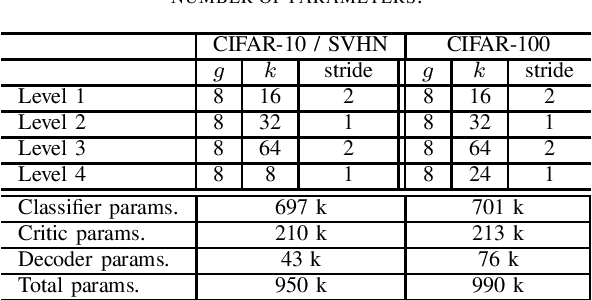

Abstract:Capsule networks offer interesting properties and provide an alternative to today's deep neural network architectures. However, recent approaches have failed to consistently achieve competitive results across different image datasets. We propose a new parameter efficient capsule architecture, that is able to tackle complex tasks by using neural networks trained with an approximate Wasserstein objective to dynamically select capsules throughout the entire architecture. This approach focuses on implementing a robust routing scheme, which can deliver improved results using little overhead. We perform several ablation studies verifying the proposed concepts and show that our network is able to substantially outperform other capsule approaches by over 1.2 % on CIFAR-10, using fewer parameters.
 Add to Chrome
Add to Chrome Add to Firefox
Add to Firefox Add to Edge
Add to Edge